More Than a Shop: Alex Foley’s Civilist
|ORSON GILLICK MORRIS
Civilist is not just a skate shop—it is a family that has been growing for 15 years. Alex “Foley” Flach founded Civilist in 2009 and has since brought together a group of young skaters, passing his shop on to the next generation. Foley encourages his “kids” to think of Civilist as a platform to pursue their own interests through Civilist’s events, exhibitions, collaborations, and in-house brand.

Having started his career as a photographer documenting his friends skating, Foley traveled internationally on skate trips and was introduced to riders and skate brands from around the world—the Civilist community goes far beyond Berlin Mitte. In an interview with Orson Gillick Morris on the occasion of Civilist’s 15th anniversary, Foley discusses the early days of the shop, the best spots to skate in Berlin, and the next 15 years.
ORSON GILLICK MORRIS: When did you open the shop?
ALEX FLACH: December 12th, 2009. So, the date of the 15th anniversary is 12.12.24. It’s a good number.
OGM: Could you tell me about your first days in the shop?
AF:We never planned to open a store, but we thought something was missing in Berlin. We were wandering around this neighborhood looking for an empty space and there was a sign here. The space used to be a gallery. We called them up and met them—they liked the idea for the shop because we were planning on doing a lot of exhibitions. So, we rented the spot. It looked different back then—we bought old Danish furniture. The air was exciting because me and my partner back then had never done a retail space before. We basically just opened the shop before someone else did.
OGM: You were a photographer for Lodown Magazine before that, right?
AF: Exactly. I was the photo editor at Lodown for nearly 15 years. The first issue came out at the end of 1995. I was the photo editor after the third issue. I knew a lot of people because of Lodown. That’s why we were lucky enough to get all those brands when we opened the shop. We were the first shop in Germany selling Fucking Awesome, Huf, and a lot of smaller brands at the time. We also had Dave’s Quality Meat and A-Ron’s brand aNYthing, both from New York. I wish I still remembered what we sold first. We were there every day, and a lot of friends came by to hang out. This is a philosophy that we still have today—the shop is always a spot where people can just come by. That’s what I got from all the skate shops back in the days. The aNYthing store in the Lower East Side was also a hangout—lots of artists came by. We wanted to treat Civilist the same way.

OGM: The group exhibition “Dear Berlin” which recently opened in collaboration with Polaroid, featured your photography along with eight other artists. How did you get into photography?
AF: I never went to school to study photography. I learned from a lot of skate photographers back then by looking at their work. I watched skateboard videos and saw how they set up the flashes. I picked it up as a hobby to document my friends skateboarding—I was a skateboarder too back then. There was one skateboarder that was sponsored by Powell-Peralta back in the early 90s who was on tour with Tony Hawk—Sammy Harithi. Since he was one of my best friends, I had someone to shoot with. I never thought of photography as a job—it was documenting what I liked. Without it I probably wouldn’t be here now, doing the store. Before I was working for a few brands and I traveled around the world on skate tours in Tokyo, Cape Town, and everything. Through all those trips, I learned a lot about photography and got much better by seeing different people and cultures. These trips had a huge impact on me, probably the biggest impact I’ve had in my life.
OGM: How does the architecture of Berlin inform the street skating here?
AF: There are cities that have more skate friendly architecture than Berlin. Barcelona is the skate capital for a lot of people. I never really go there anymore. It was the mecca of skateboarding for probably 20 years because they had so many good spots. If you go back a few years, every single skate video was full of footage from Barcelona. Berlin was always a bit tougher—it’s a bit like New York compared to LA or the west coast in general. We have a few spots that are still frequented heavily though.
OGM: Where did you skate in Berlin?
AF: We used to skate at the Neue Nationale Galerie every day from morning till late. It was our second home. In the rest of the city, you really had to dig for spots because Berlin is pretty spread out. I think we have a lot of ugly spots here. There are a lot of post-war buildings that are not skateboard friendly and we have a lot of cobble stoned streets, which sucks. It changed after the wall came down because a lot of stuff got rebuilt.
There is one spot in a playground close to Jannowitzbrücke between those projects. It’s a curved ledge, probably 10 meters long that goes around the corner. The Kulturforum is the spot where people go on Mondays a lot. It is a downhill next to the Neue Nationale Galerie. Warschauerstraße is a good one because they have the benches in a row on both sides of the street. The Neue Nationale Galerie is always good. Or you come to Civilist and ask our staff for spots.

OGM: How does the staff inform the culture of the shop?
AF: Since I’m getting older, we curated the people that work in the shop very precisely. It’s all people that I knew from over the years. My partner nowadays, Julian Wenz, came in as a customer in 2010. We became friends. We needed someone. He wanted to work here. Done. This is how it worked with all of them. I could be the father of a few guys down there. I knew them because they were hanging out here every day. It’s a give and take from both sides. They were looking up to me because I was telling them about back in the day and I was also picking up stuff from them. Fuck This Industry was a brand I had never heard of until they told me about it. I would have never ordered it for the store but if I were the only one responsible the shop wouldn’t be where it is right now. I need their input.
We get tons of people asking if they could work here. Some people may be super experienced working in retail, but in the end it’s the whole family down there that should work together. If someone walks in there and wants to buy a skateboard, they should feel safe by asking anyone in the shop. Our staff knows what they’re talking about. It’s important that the people who work here see this whole thing also as a platform to do more besides just selling things. We have our own clothing brand, so whenever someone in the shop comes up with an idea for a design, we decide together. Lenny, the youngest one in our crew, is making collages so we did a few t-shirts with him in our collection.
I try to tell them in the shop that it’s not about me. I’m the oldest one. I’m running this shit in the back but everyone in the shop has so many opportunities to contribute to the bigger thing. That’s what I want because when I was younger, I didn’t have those chances. It was a bit tougher back then. I choose those people because I want them to use our shop as a platform to grow bigger. Of course, I would be sad if Lenny left because he becomes successful, but in the end, fuck it, he was part of it and always will be. I try to teach them to keep their eyes open for the next generation—not just skateboarders.
OGM: It’s anyone that needs a community.
AF: This is super important. Without the community we wouldn’t be where we are right now. I’ve seen a few shops come and go in the last 15 years because there’s nothing behind for it to last—you have to give something back. I talked to some people here in the neighborhood and told them, “I wonder what would happen if I would shut down the shop tomorrow.” It would definitely leave a big hole. A lot of kids walk in here—Civilist is also a youth club.

OGM: Has Civilist always had a clothing line?
AF: In the beginning, we only made blank t-shirts or pocket tees with a flag label. When Julian came in, we decided to do some more shit. We started to make the brand bigger in 2016. We are now selling to around 50 shops worldwide. It’s nice to have something to tell a bigger story. We have a lot of people contributing designs for our brand. We’ve worked with Caramel Bobby (Cali Dewitt) who did t-shirts for us. This other guy from San Francisco is doing shit for GX1000, LSD World Peace (Joe Roberts), a guy who is tripping a lot and doing great shit for Thrasher.
OGM: Have you ever had a Civilist skate team and produced a video?
AF: We have riders that skate for our shop. Giorgi Armani, he’s the only German rider on Nike SB. He had a pro-board on Skate Mental and a cover on Thrasher Magazine, which is pretty rad. We have Justin Sommer, a young kid who skates for Adidas. He has a pro-board on Santa Cruz. We have a team, but we never managed to get a full-on skate video—just smaller things when they went on a skate trip for a couple days to Spain.
OGM: In a way, the team is also the crew in the shop.
AF: Exactly. Everyone in the shop skates. If they’re not working, they skate. These kids are my eyes on the street. They know what’s going on and what shoes and brands skateboarders want. There’s not one guy that isn’t a skateboard or wasn’t a skateboarder in the shop. If there’s a young kid that is interested in working here, there will already be the connection to those guys. I don’t watch skate videos anymore at home, but I do in the shop because every lunch break, we watch the latest stuff on Thrasher, Free Skate Magazine, or whatever. It’s good for me watching those videos with those kids because I did the same thing when I was their age. I watched skate videos all the time.


OGM: Have you been looking through you archive of photographs for the 15th anniversary?
AF: We have nearly everything together now chronologically for a 15th anniversary photobook. It starts in 2009 with a photo of the empty store and tells the story through our exhibitions. The early years are mostly photos from all of our events and parties. Later,when we started our clothing brand, we did collaborations with Nike, Vans, Lacoste, and Carhartt—these are proper photoshoots. We have had less parties in the last few years and more official collaborations. The book will show a lot of drinking photos because nearly every month we had a party in the shop. We never closed our shop at seven—we were here until midnight every day.
OGM: The 15th anniversary is a good moment to look at the entire archive but also to think about the future of the shop.
AF: It’s good to reflect to see what we’ve achieved in those 15 years but with the crew that we are there’s so much potential for the next 15 years. When we opened, it was always our dream to do collabs. This year was intense—we did Carhartt, Clarks, and Adidas. A dream came true with all those things, so it’s good that the kids in the shop were always part of that. I told them that we have a few upcoming collaborations, and I’ll try to pass it on so the kids do the whole thing. I want them to be one hundred percent satisfied so they wear the shit. In the end it’s not about me as a person because there’s eight people working in the shop and I want them to be happy as well. We have the platform to do that. It’s exciting times ahead, because you never know what’s coming.
Credits
- Text: ORSON GILLICK MORRIS
Related Content
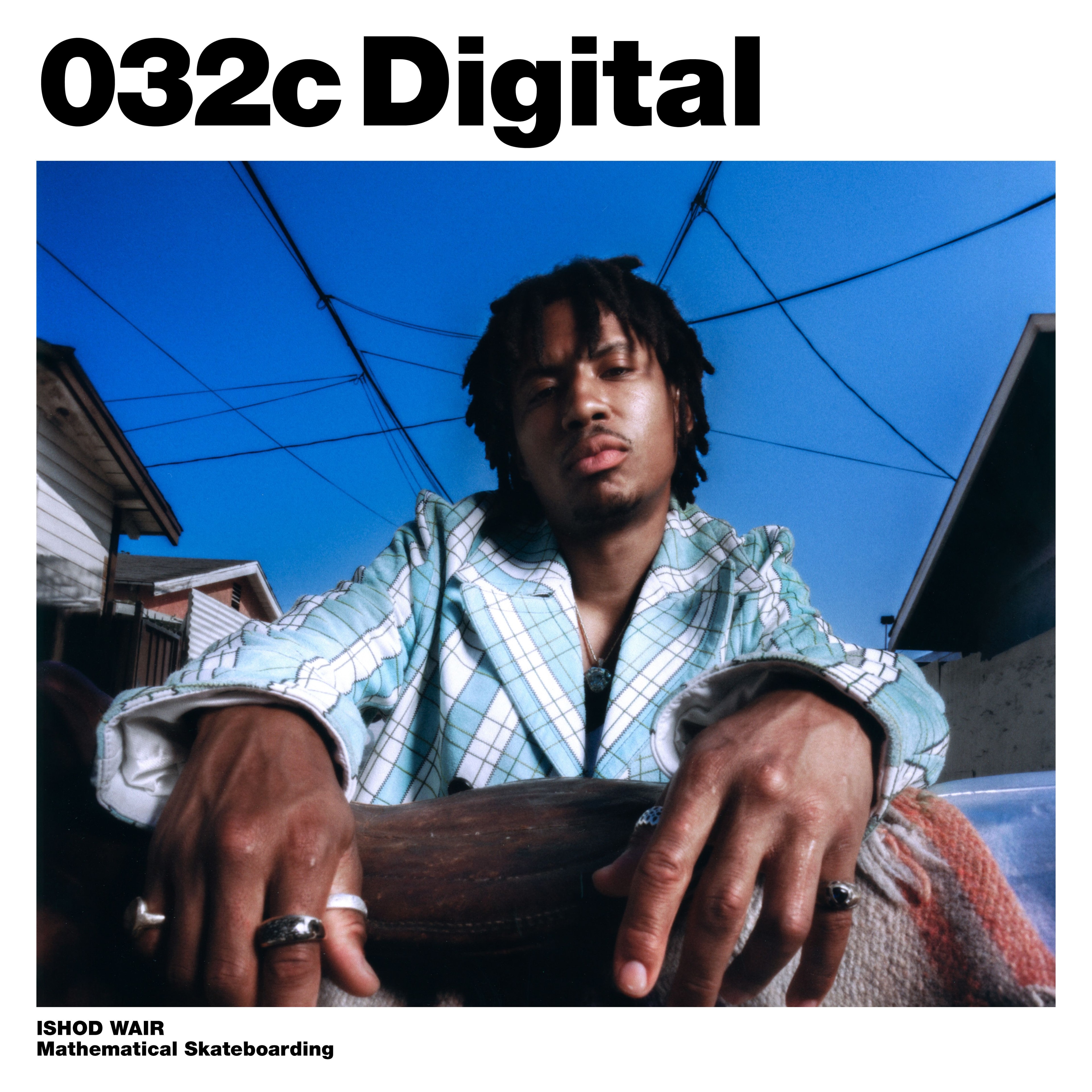
Mathematical Skateboarding with Ishod Wair
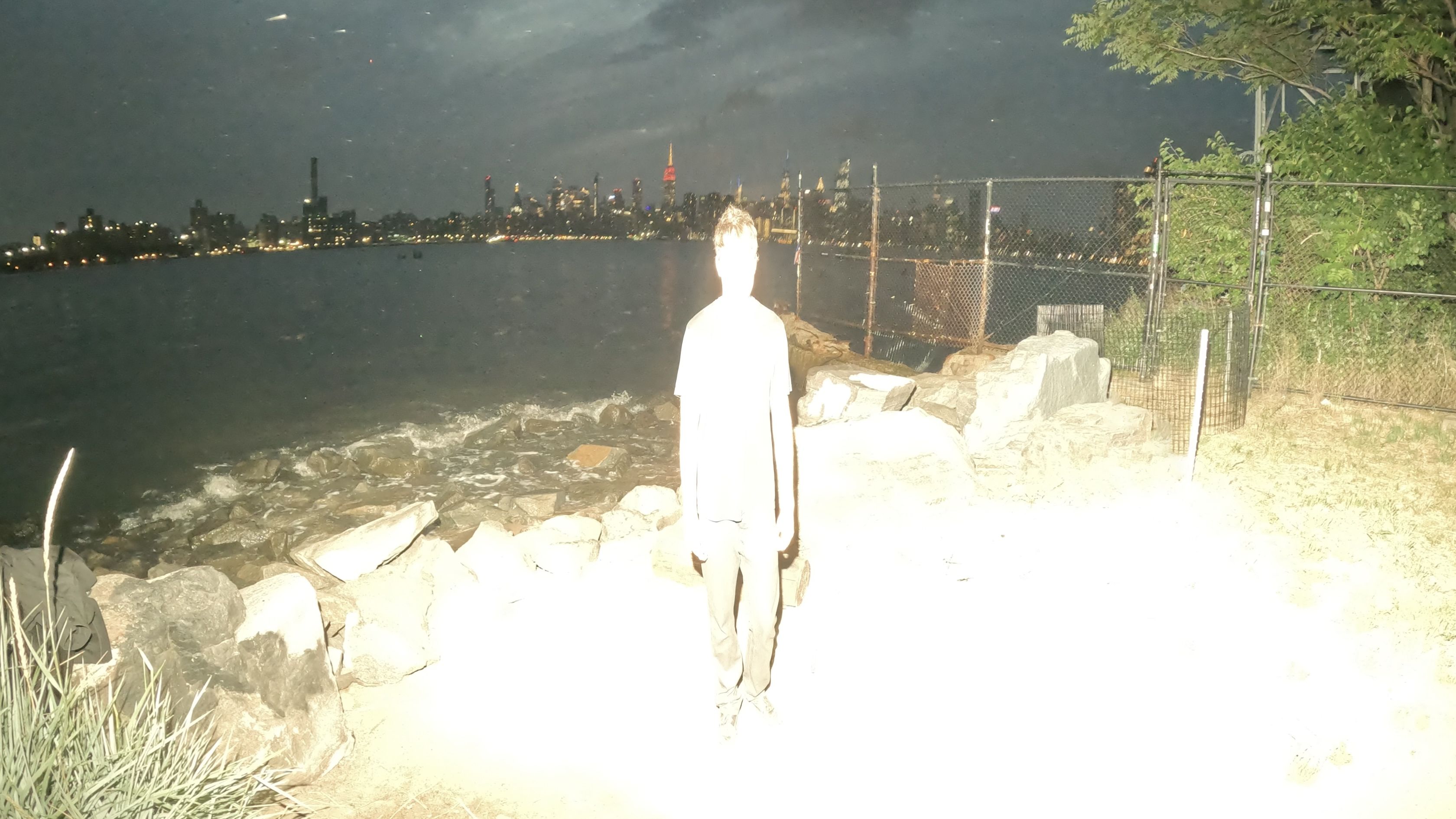
Fakethias’ Infinite Horizon
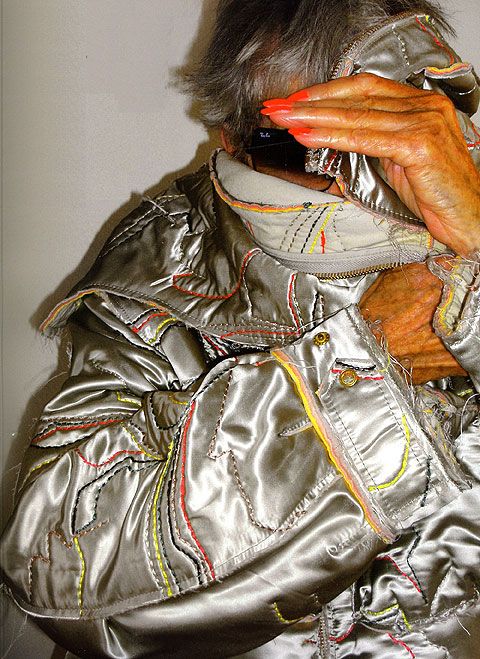
STURTEVANT
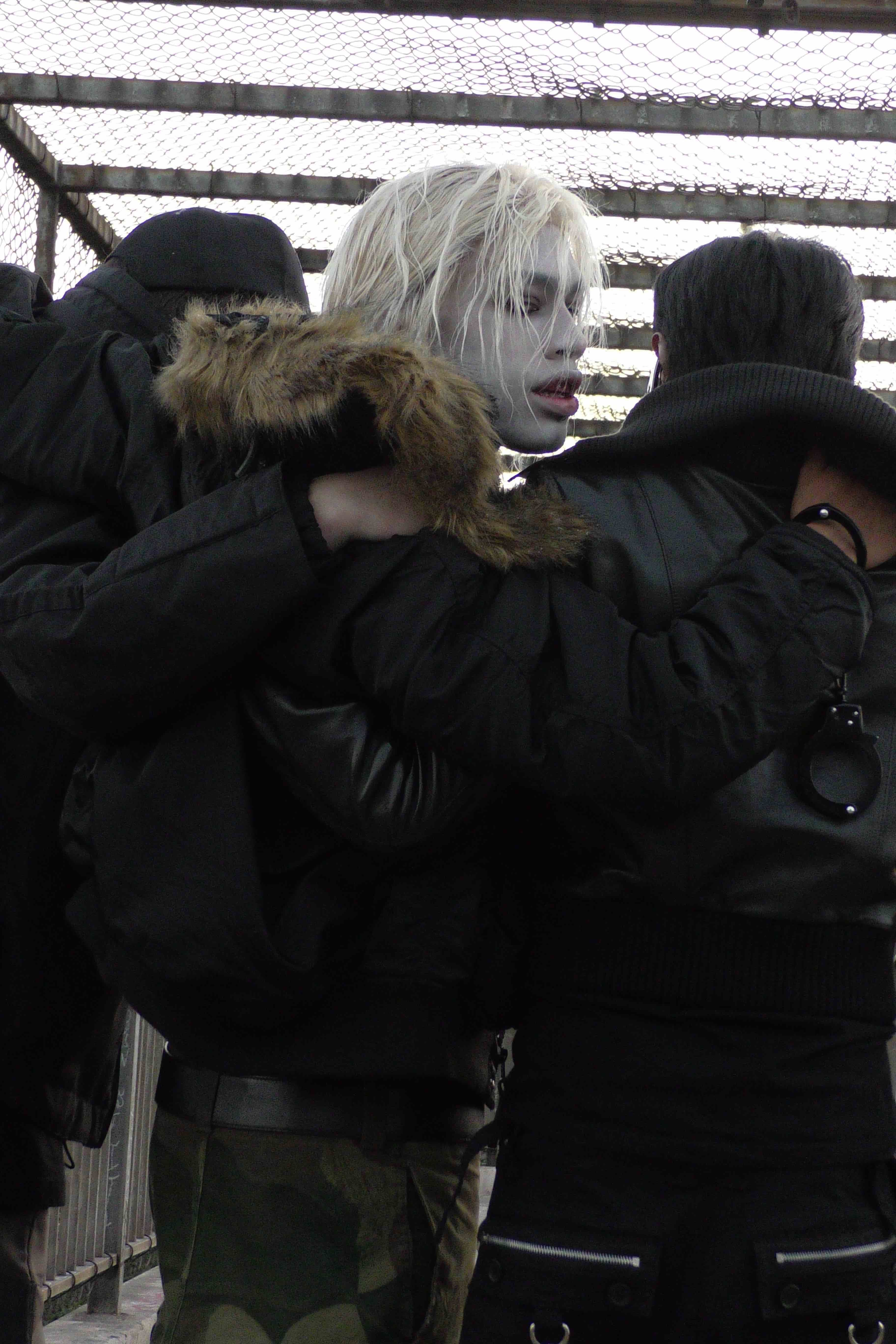
Drain Gang
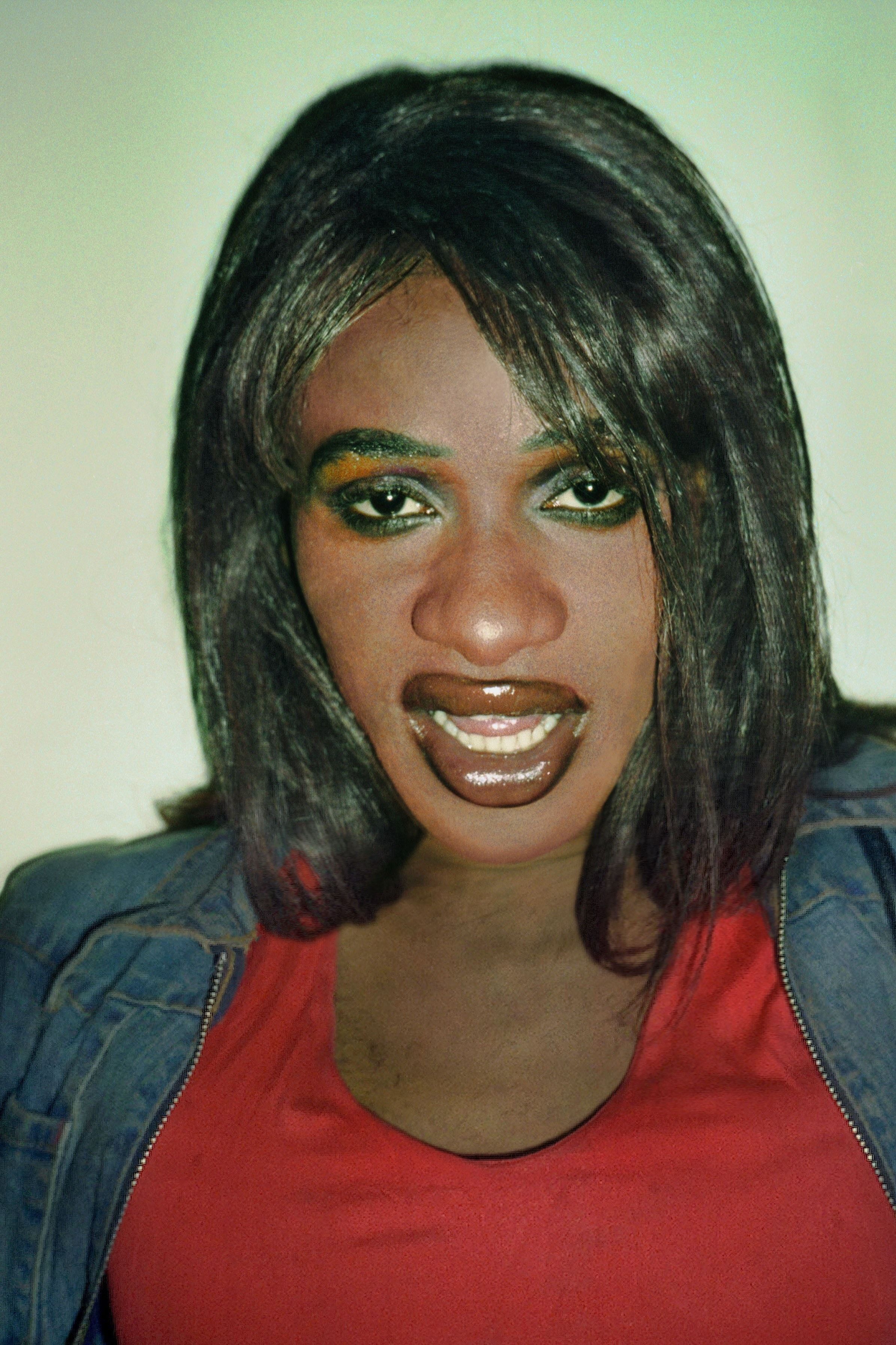
As Long as it Lasts: Ari Versluis
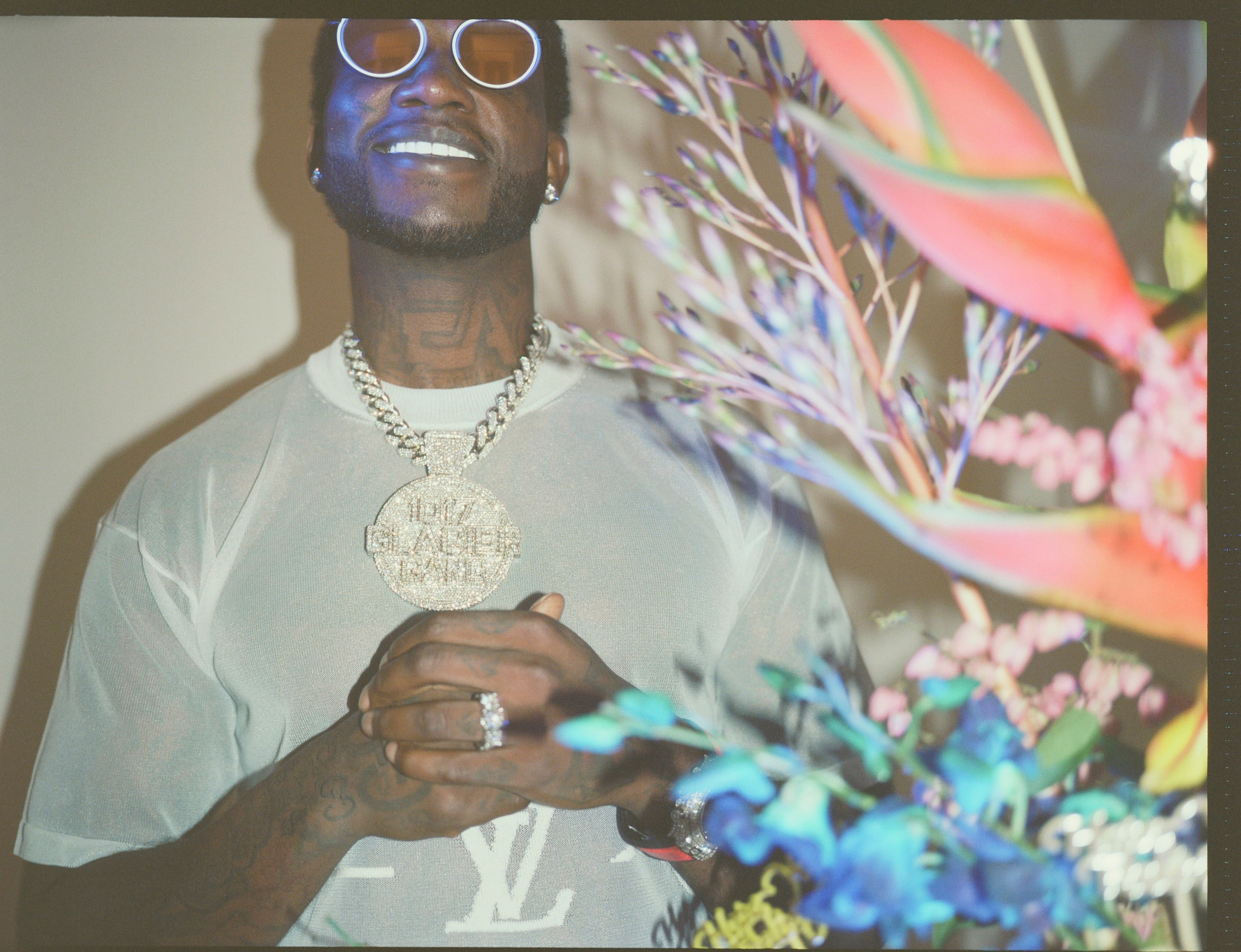
The Leadership Secrets of Gucci Mane
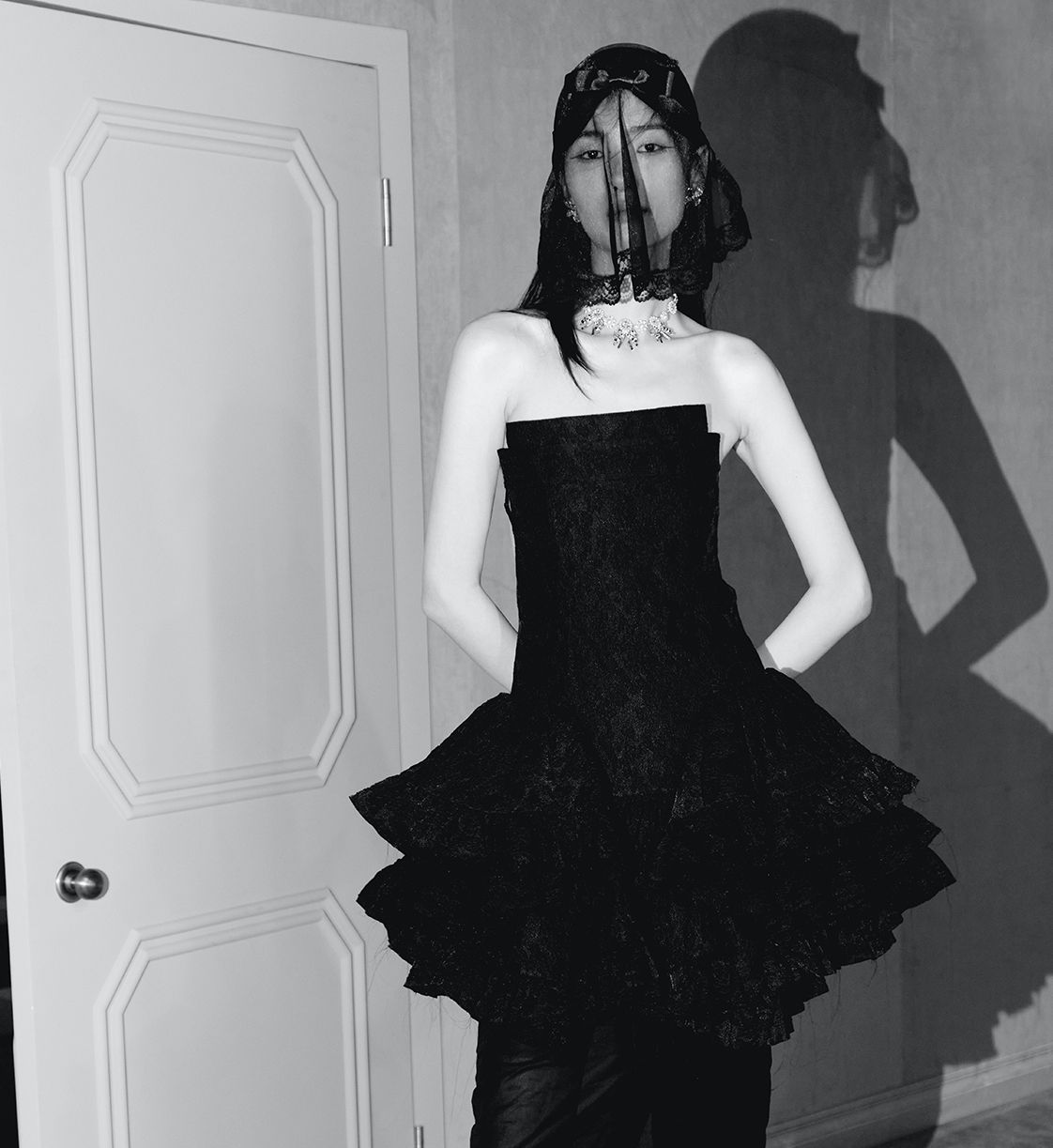
Girlhood Is Not A Moment: SHUSHU/TONG
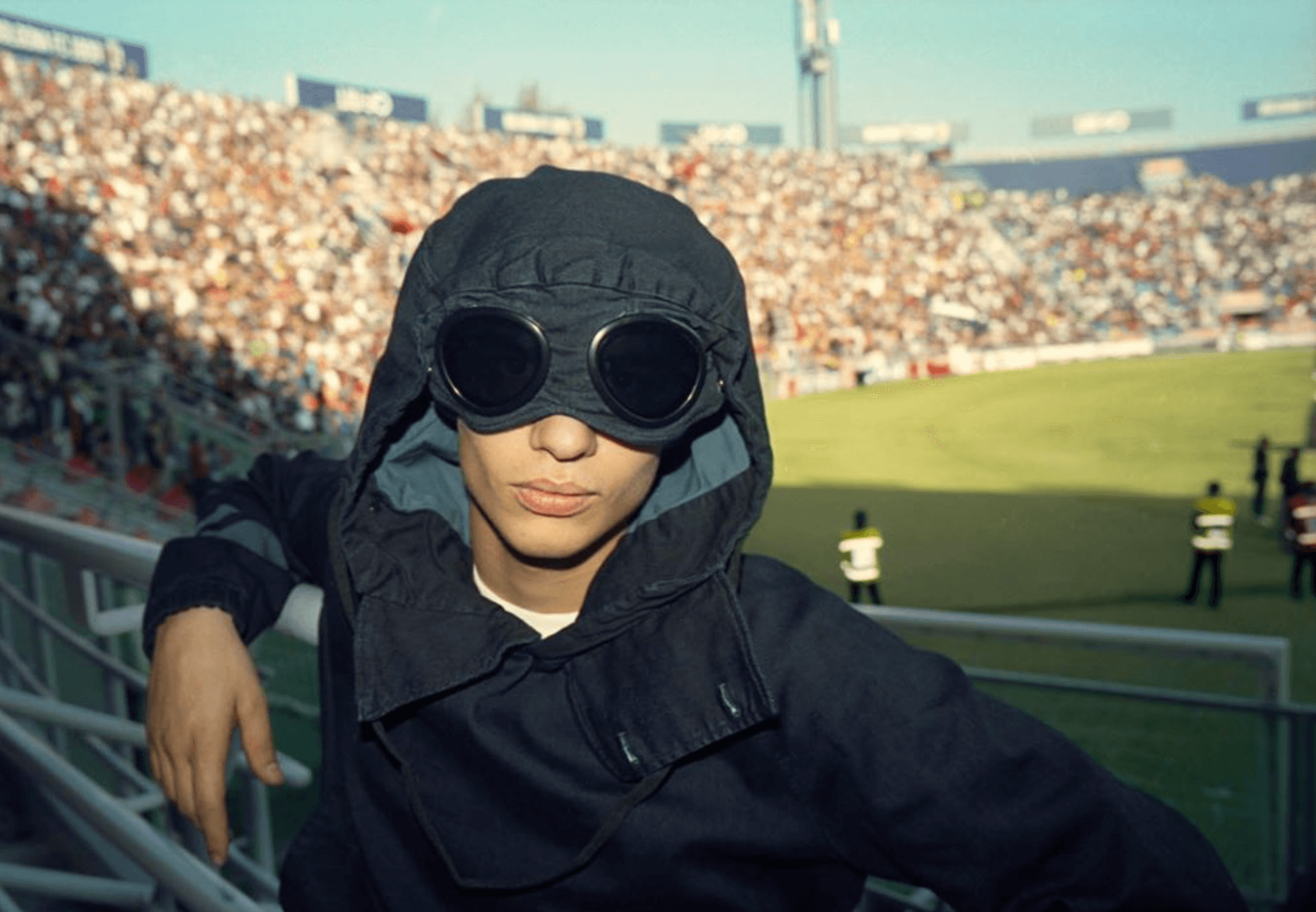
Urban Protection with Lorenzo Osti: C.P. Company
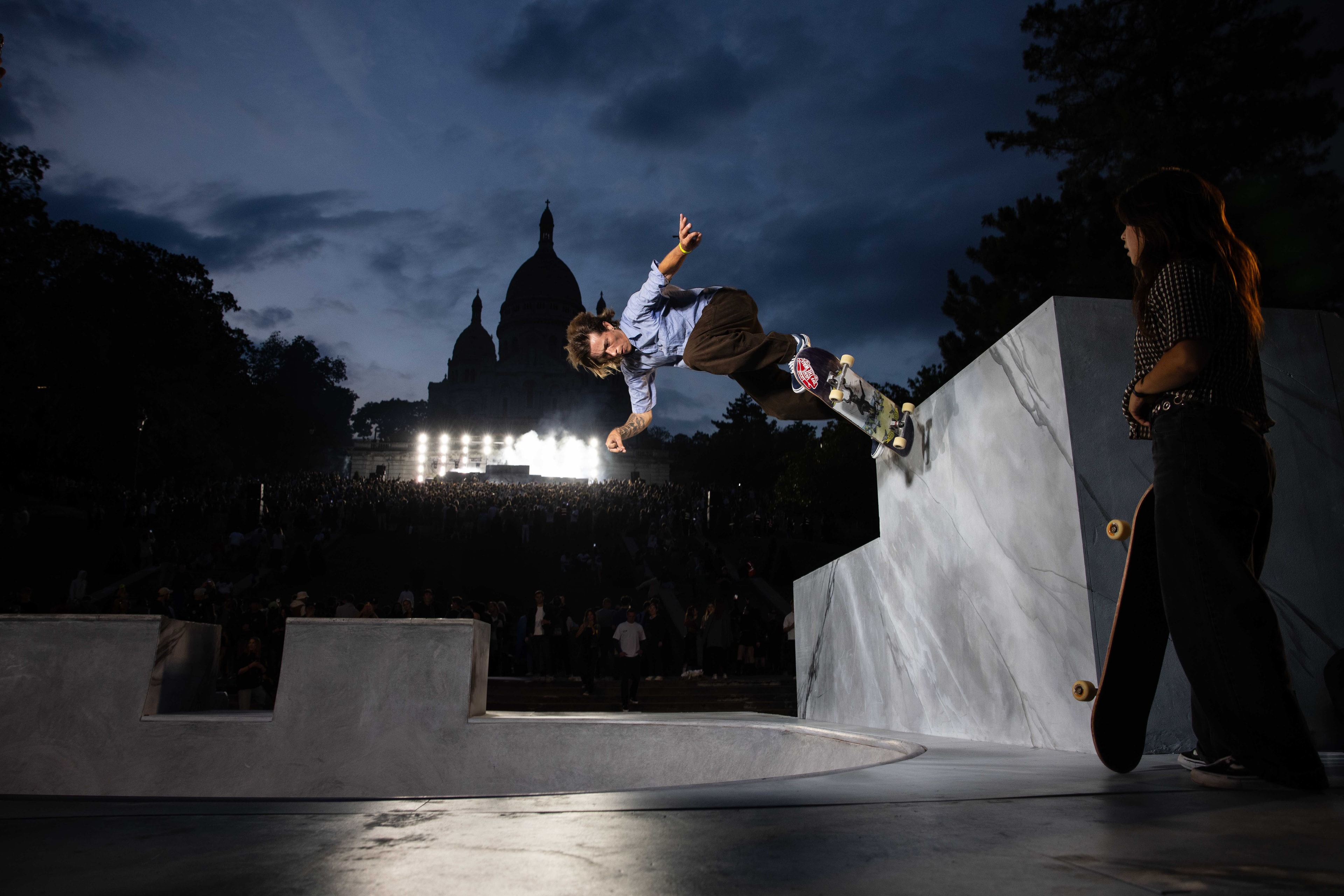
The Sound of Wheels: OTW by Vans
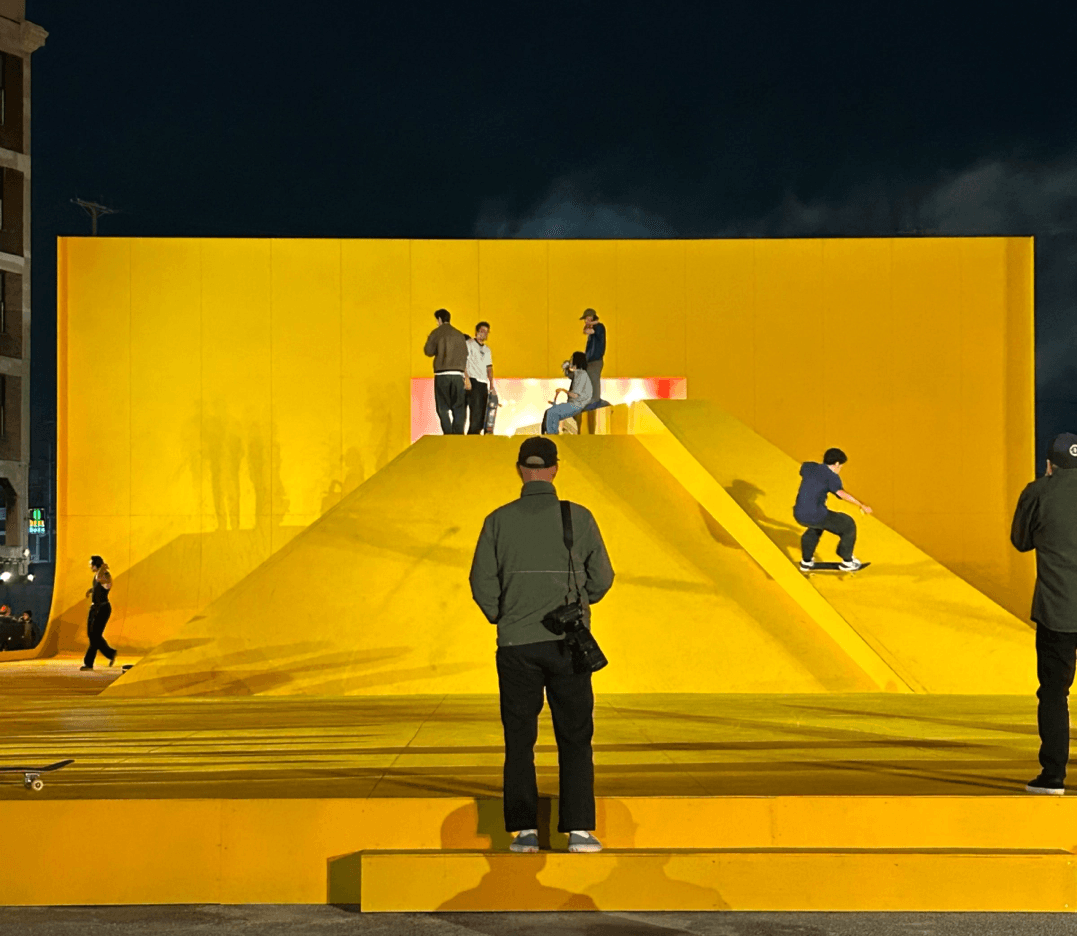
Without Place, Without Time: In LA for Sterling Ruby & OTW by Vans
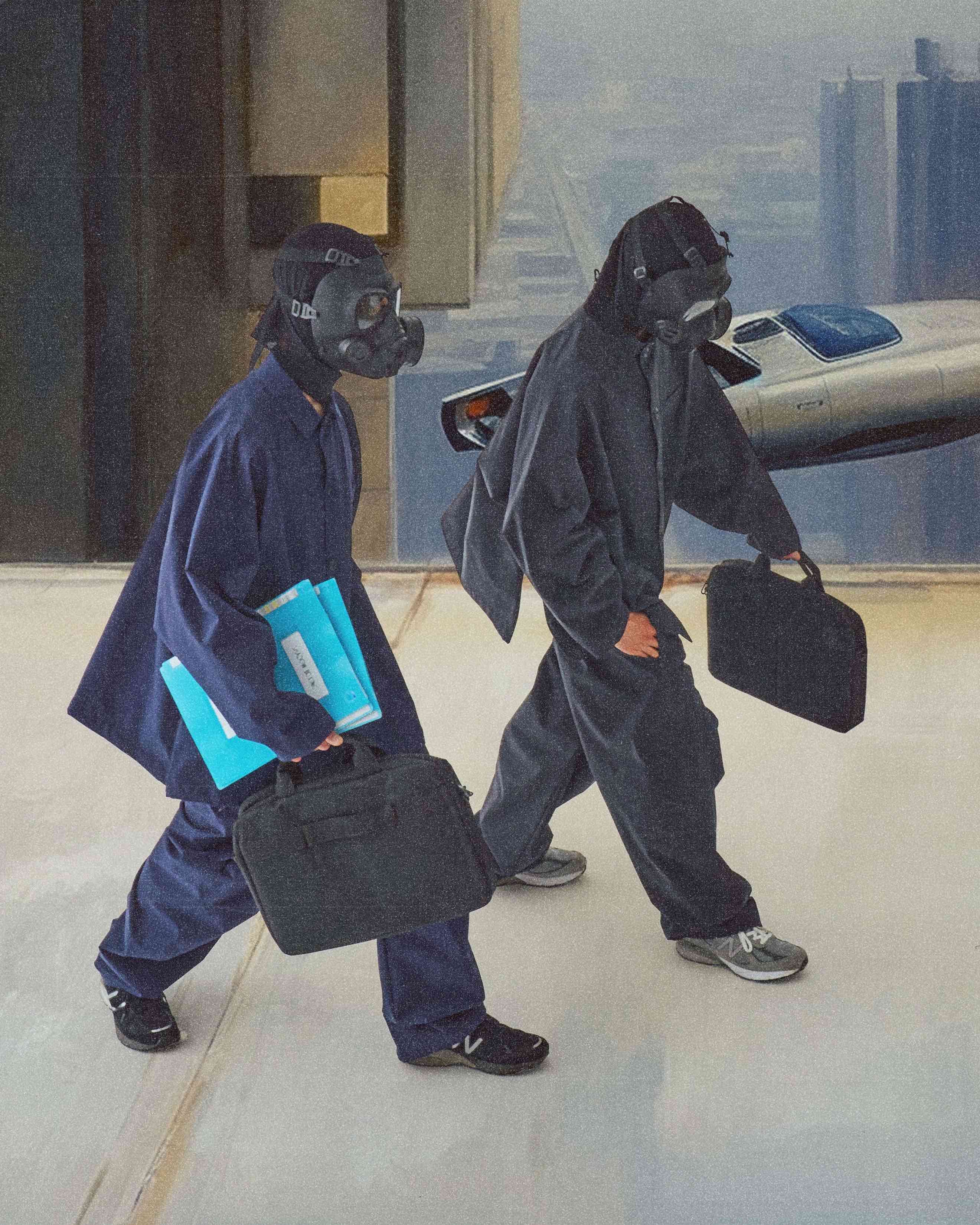
Shadowboxing with AJOBYAJO
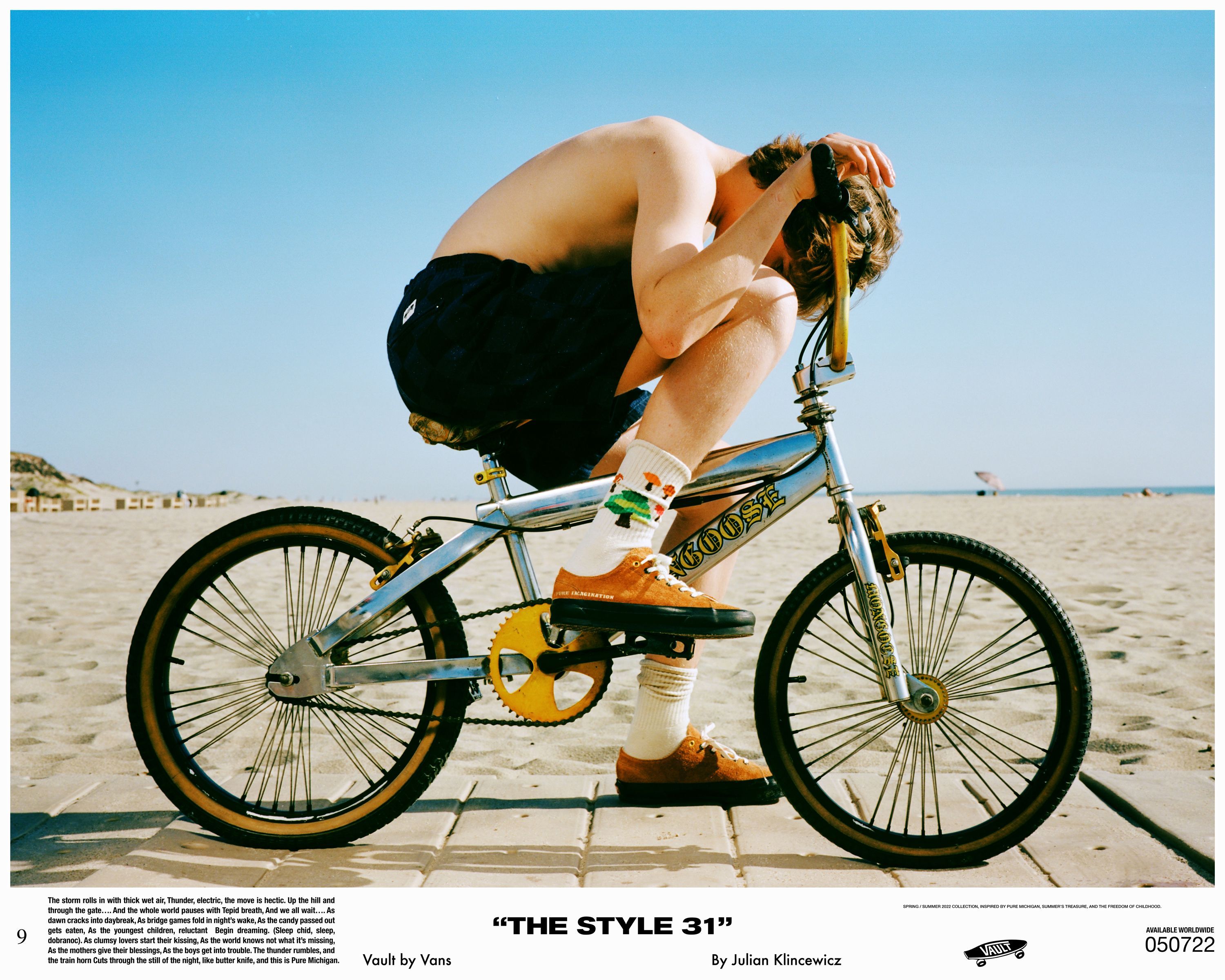
JULIAN KLINCEWICZ: The Wunderkind, All Grown Up